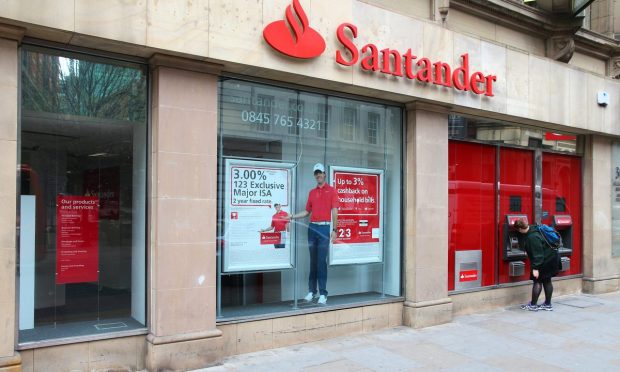Santander Bank Adds Revenue Management To Healthcare Lockbox

Santander Bank, N.A.’s commercial banking division is collaborating with healthcare remittance provider Revenue Management Solutions on a receivables lockbox for its healthcare customers, per a Thursday (July 22) press release.
The new product saves healthcare providers including hospitals, community health centers, clinics, diagnostic centers, life sciences organizations and pharmaceutical companies time and costs by automating their revenue cycles.
“The global pandemic emphasized the unique payment processing needs of the health care industry,” said Ken Deveaux, head of transaction banking at Santander Bank, in the joint announcement. “Our relationship with RMS represents Santander’s ongoing commitment to bringing efficient and straightforward digital capabilities to clients so they can focus more time on growing their businesses.”
The new lockbox eliminates paper-based benefits explanations, halts manual data entry, reconciles and post payments, ends manual reporting, enhances analytics, and increases efficiencies and employee productivity, leading to a drop in operating costs.
PYMNTS research shows consumers want their healthcare payment experience to mirror their retail experiences, according to our “Healthcare Payments Innovation Playbook: Modernizing The Payments Experience,” a PYMNTS collaboration with Rectangle Health.
PYMNTS research showed that only 23 percent of all patients used their healthcare provider’s website to pay for their visit with only 4 percent paying by clicking a link in an email and less than 1 percent paying via text.
We also learned that patients of certain specialty medical care practices such as dermatology faced difficulty in paying their bills at nearly twice the rate of others, like ophthalmologists, at 33 percent and 9 percent, respectively.
A December 2020 survey of 250 U.S. medical professionals found that 86 percent believed digital platforms improved their abilities to serve patients, for example, and 68 percent expected such platforms to remain in use post-pandemic. Providers are using the tools to deliver care remotely and to support their work in various ways, such as by giving medical professionals easy access to patients’ medical histories.
